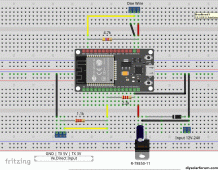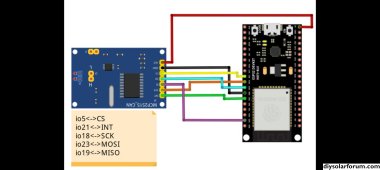Interesting - have you definitely changed the Solis setting for charge and not discharge?This "upgrade" to 62A is because I was getting a bit brassed off that I was missing a few kWh per day, simply because the Solis was only providing a max of 2.7kW, when charging the battery instead of 3kW, which is what it'll do on the 3.6kW hybrid model).
The 3.6 blah model can only discharge from battery at max 3000W (and a bit less if battery pack voltage is lower). But it can charge at 62.5A, which is more like 3.6kW. ??
My peak charge rate is consistently around 3600W - 3700W, which will obviously depend on cell voltage. Looking at the detail of one of those peaks - it happened at 53.4V pack voltage, so assuming the charge voltage is a bit higher than the cell pack, due to voltage drop over the cables is roughly consistent with the 62.5A that the 3.6kW Solis is rated to charge at (... in fact, probably a bit higher).
So, although my build is heavily modified, there's nothing wrong with Simon's code






